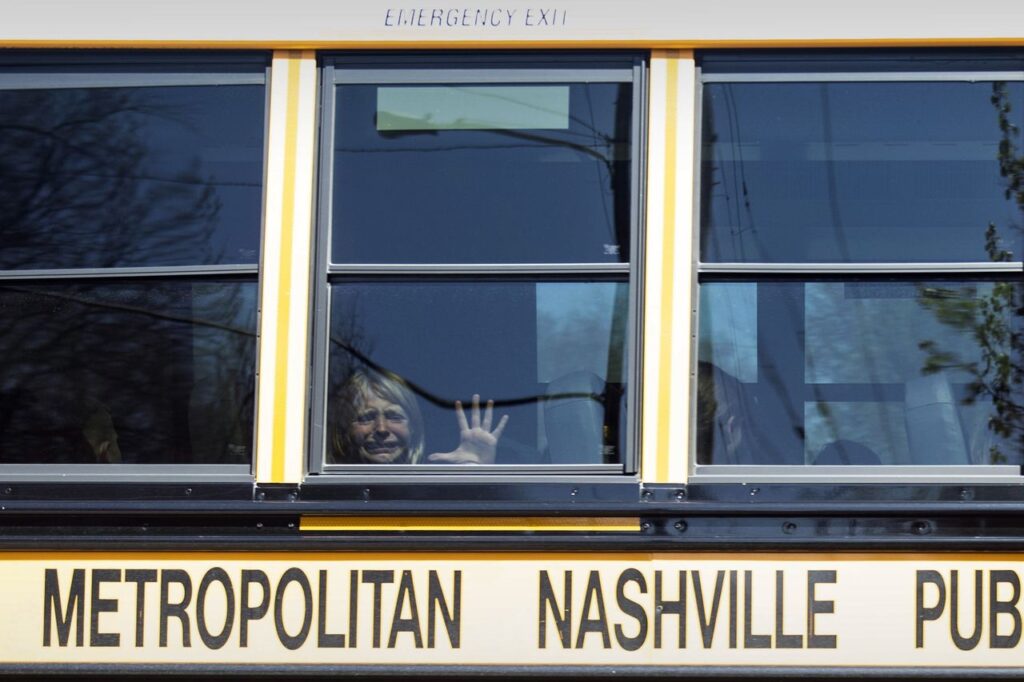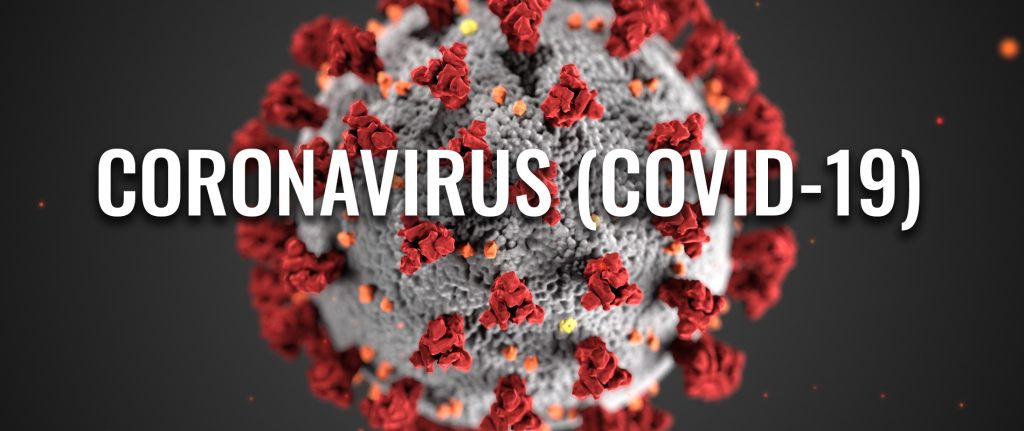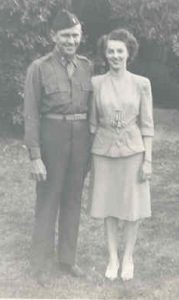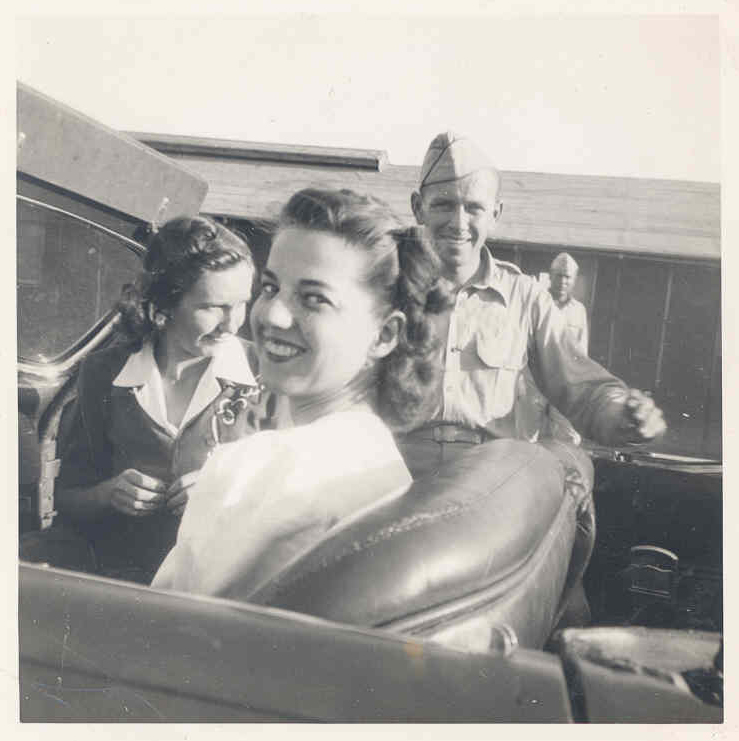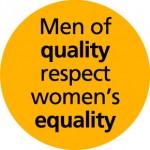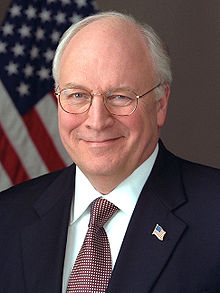I was 14 years old and a sophomore in high school when a man named James Huberty fatally shot 21 people and wounded 19 others at a McDonald’s restaurant in the San Ysidro neighborhood of San Diego, California, on July 18, 1984. The perpetrator was killed by a police sniper approximately 77 minutes after he had first opened fire.
I remember the incident well. This was a very rare event in the early Eighties and a completely new phenomenon to me. It wasn’t shown on live TV, but the evening news had plenty of descriptions of wounded people hiding under tables screaming for help or mercy. One of those killed was 8 months old; his pregnant mother was also killed, shot 48 times while shielding a niece. A 4-month-old was among the wounded.
I really thought this was an unthinkable tragedy—the kind of thing that could never happen again. The only event I knew of that even resembled this tragedy was the “Texas Tower sniper” incident in 1966 on the University of Texas campus—where just three years later I would start my freshman year of college.
And a few months after I graduated in 1991, I was living in Austin, Texas, when a man drove his pickup truck into a Luby’s restaurant in Killeen, about an hour away, and proceeded to kill 23 people and injure 27. He shot himself after a brief firefight with police. This seemed closer to home for me than San Ysidro, because I frequently ate at a Luby’s near my apartment in Austin. (For my Louisiana friends, Luby’s was very similar to Piccadilly in size, food and general atmosphere.)
Then, in 1999, Columbine happened. And everyone said, this is it, this has to stop. Even though many people saw the shooters as outliers, disaffected teens with perhaps a bit more ambition than most, people still agreed we would all take care of it and this would never, ever happen again! This was the first time many of us saw footage of teenagers jumping from windows to escape, running across green school lawns with hands on their heads to distinguish themselves from the shooters.
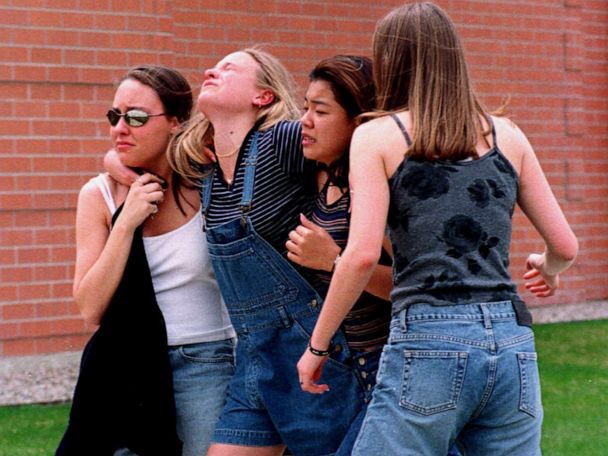
In fact, I believe this was when the term “school shooter” became a thing. In my mind, these people should be called mass murderers, and their weapons should be called murder weapons, not “military-style” or anything else that might sound “cool.” God, I’m starting to sound like my age, but I’ve just lived through too many of these horrors.
Over the next few years, these incidents came along faster and closer together. And in 2012 came the Aurora movie theater shootings and the horror of Sandy Hook Elementary School, where 20 second-graders and six adults were brutally murdered in their classrooms. I’m not even going to discuss the sickening, detestable “conspiracy theories.” I’ve seen some of these children’s parents speak, and their loss and pain are unbearable.
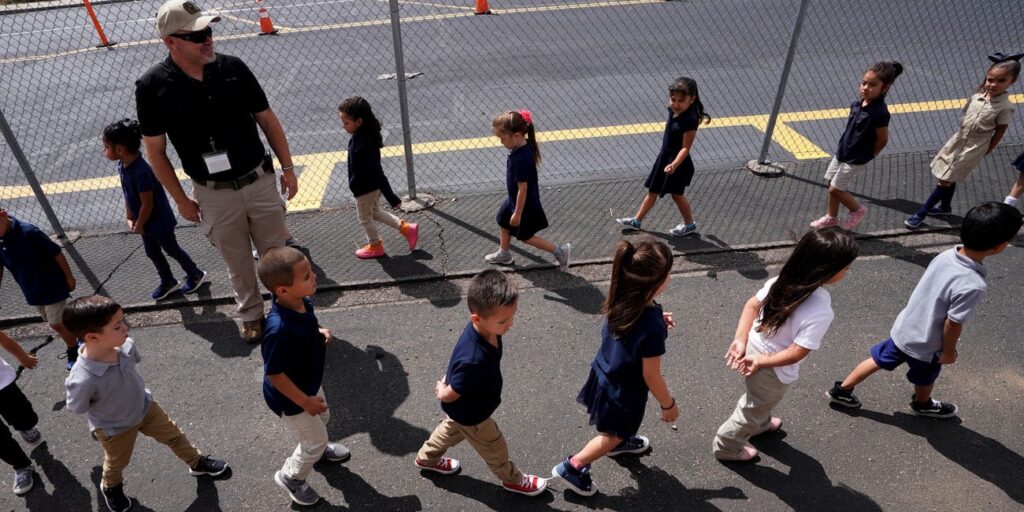
I have to admit that at the time, I thought something would finally change. These were 6-year-olds, innocent babies. We must protect them! everyone cried. We shall protect the children!
But we didn’t protect them. We didn’t protect any of our most vulnerable. In 2015, 10 elderly worshipers were shot in church. Also 2015: another movie theater shooting in Lafayette, Louisiana, 50 miles from my home. In 2016, we saw truly shocking numbers at the Pulse nightclub: 107 shot, 49 of them dead. Police and first responders spoke of tiptoeing carefully among the bodies, looking for any still living, while cell phones rang, beeped and chirped incessantly—loved ones desperately calling to find out if their friend or relative was safe.
But in 2017, we learned there was still no high bar for mass murder when a heavily armed man shot more than 470 concertgoers from a 32nd-floor hotel room in Las Vegas, killing 60. One month later, another church massacre, another 27 dead and 22 wounded.
In 2018, a former student killed 17 and wounded 17 at Marjory Stoneman Douglas high school in Florida. Many survivors of that tragedy launched a major gun-safety movement with the March for Our Lives and a pretty impressive grassroots organization, which I joined and still support.
Of course, there was another burst of public anger after Parkland, but nothing substantive was done. And just a few years later we got more children murdered in Uvalde and yesterday, three 9-year-olds and three adults in Nashville.
Obviously the focus today is on the Nashville shooter being transgender, giving the gun rights hardliners yet another excuse for mass shootings, since of course the problem is never the gun, or guns, or piles and heaps of guns, or hundreds and hundreds of rounds of ammunition just about any American over 18 can buy with very little inconvenience. “It’s not the guns!” cry people like Rep. Andrew Clyde of Texas, a gun-store owner and supplier of arms and ammunition to the federal government, who has no skin in this game whatsoever. Clyde is the fellow who handed out the AR-15-shaped pins that fellow Republicans are now wearing as lapel pins and tie tacks, sometimes instead of their American flag pins.

I’m not even going to begin trying to refute the stupid arguments about why it’s “not the guns,” because first, others have done it much better, and second, no one one the side of guns will listen. I will say that I find the Second Amendment to be clearly about allowing states to raise and arm a well regulated militia, not about every person in this country having the right to own as many and whatever types of guns he/she wishes, but again, anything I might say about that would be a spit in a hurricane.
No, we aren’t going to win against the gun faithful with reasoned arguments or pictures of terrified children. This only changes when every state and federal lawmaker who is either for gun safety—or on the fence and fearful of the gun lobby—is flooded with our anger, outrage and fear and our demands for them to do the right thing.
This morning I called Rep. Clyde’s office to tell him it is shameful that he wore that pin today. Tomorrow I will be calling both my Republican senators and Republican representative, intending to do my best to add my voice to a tsunami of never again. I’m quite mindful that Clyde won’t give a rat’s patoot about my call, but imagine if his office got 100,000 calls, and they couldn’t do any other business for a day or so? If all of us called our congresspeople, we might shut down the phone system for a time. Flood their email boxes and bury their desks in mail. We can’t be distracted again in a couple of days just because Gwyneth Paltrow’s ski accident case gets a verdict.
This time, for good and all, for the lives of our children, our elders, our loved ones and our first responders, too, we have got to push through reasonable safeguards on guns and ammunition at the federal level. We must find better ways to keep people from getting their hands on massive amounts of guns and bullets.
We must also, certainly, pursue better mental health treatment for both kids and adults and develop effective security measures for schools and other public places.
That said, it is well past time to own up to the fact that the problem is the guns.
